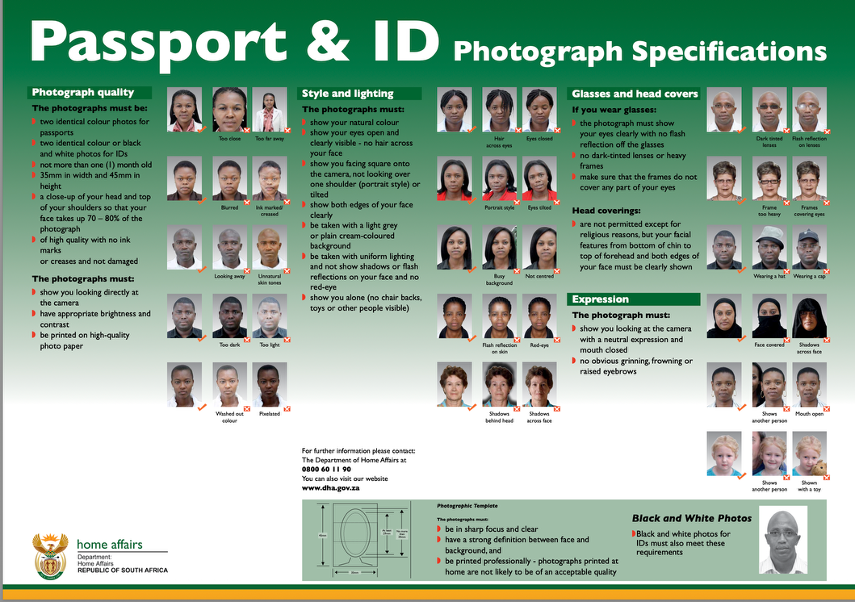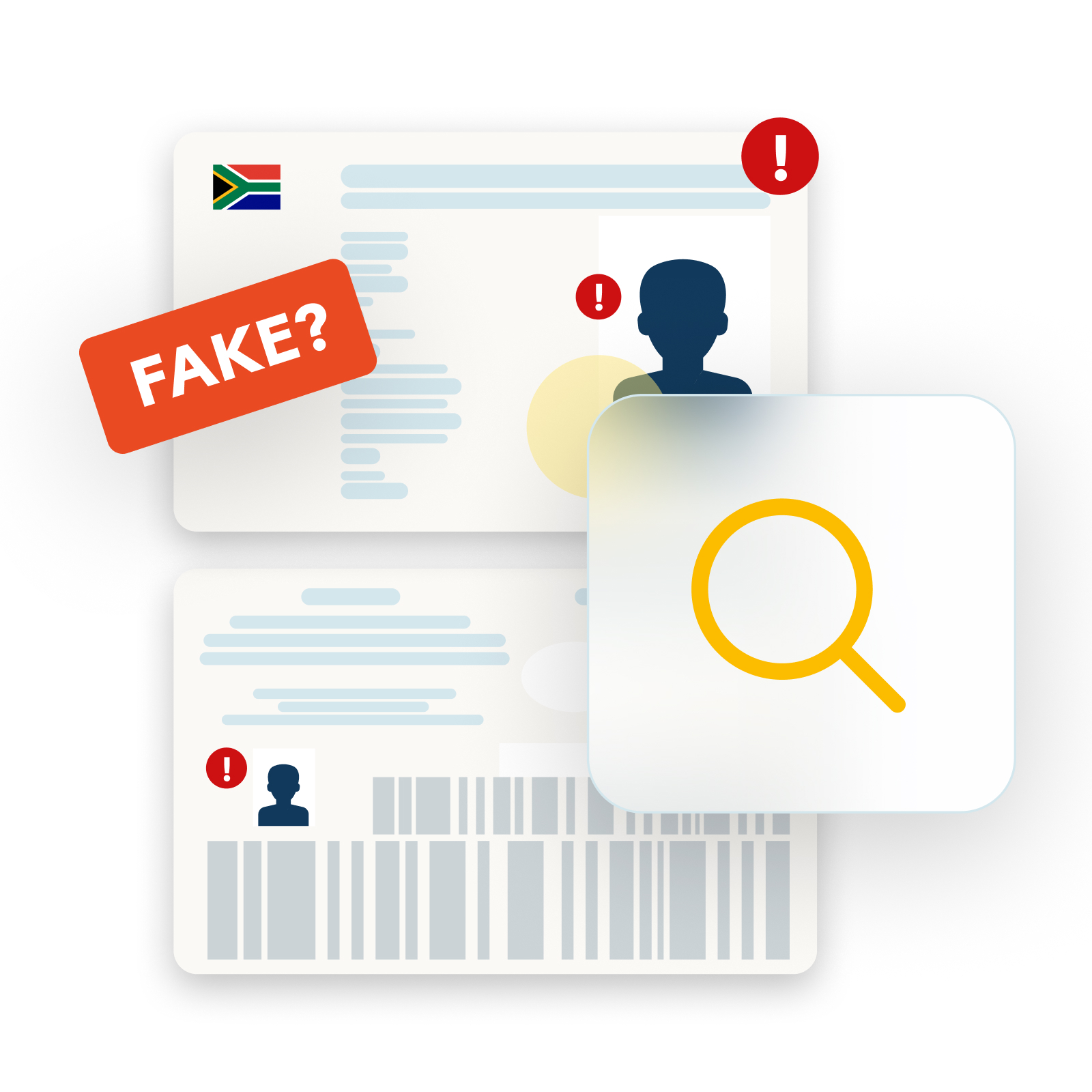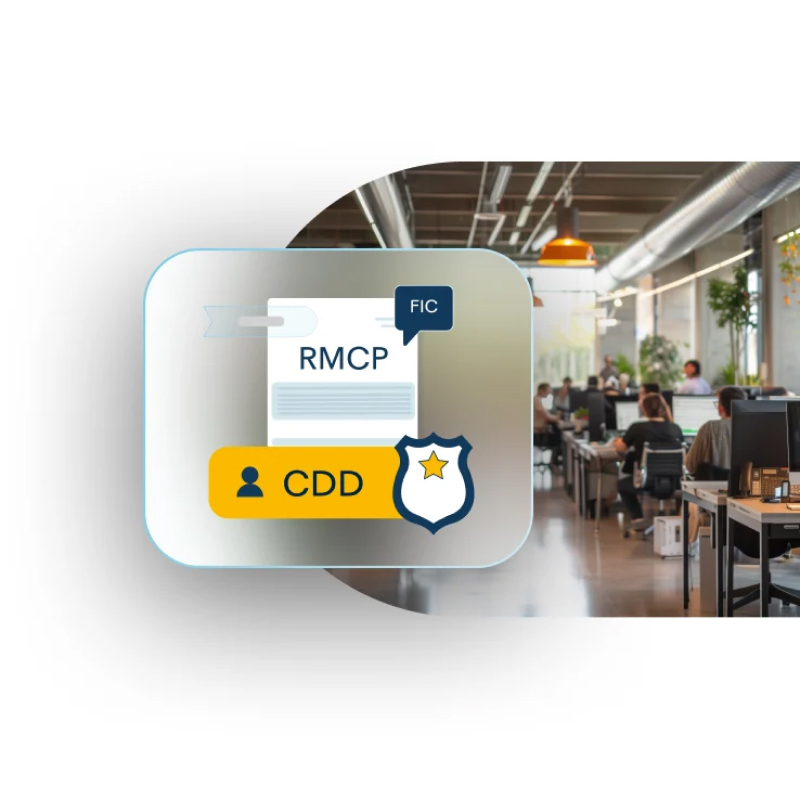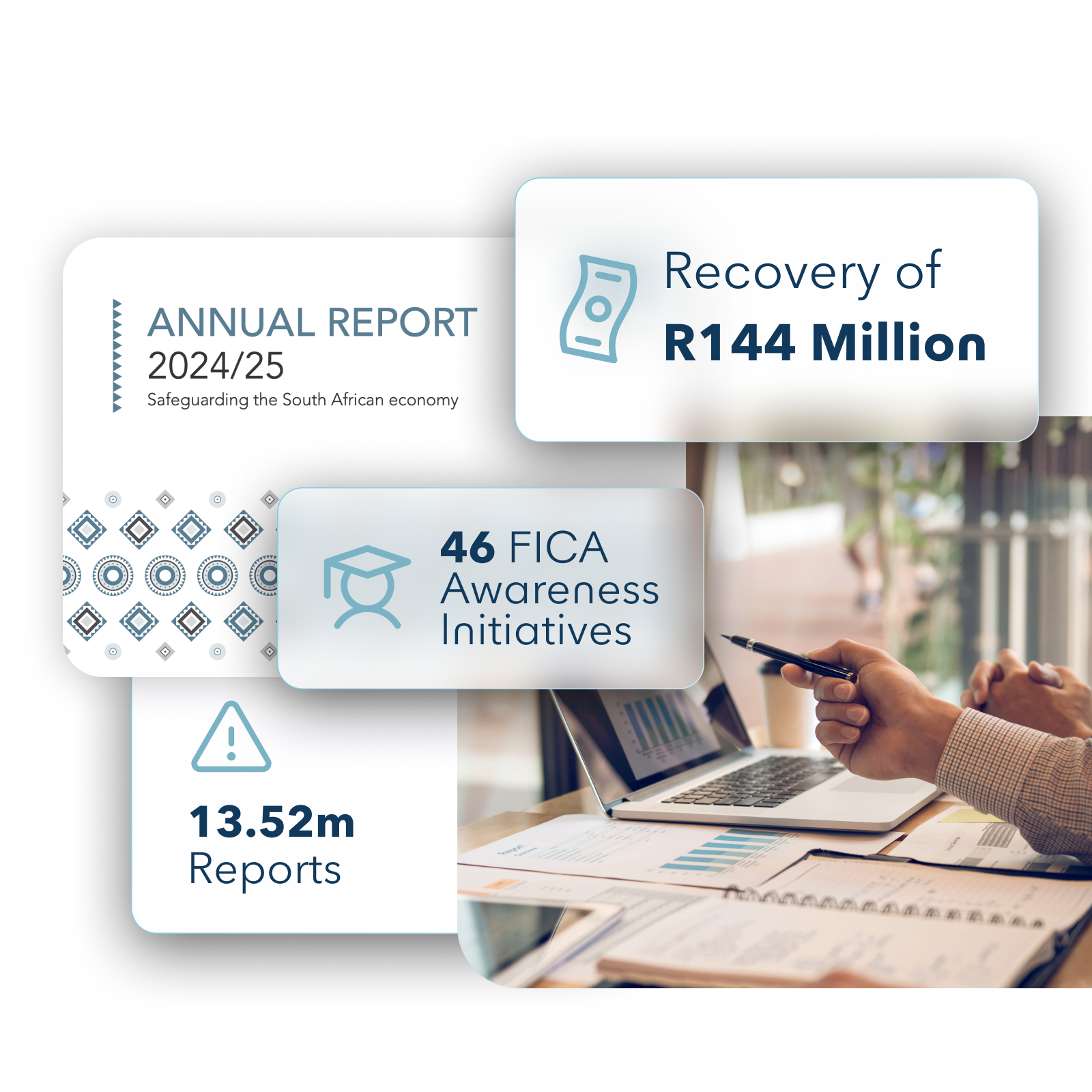An important part of Know Your Customer (KYC) and the general FICA process is verifying the identity of your client, usually by requesting an identity document. An identity document refers to a government-issued document such as a passport, driver's license or an identification card/book. These documents form part of the cornerstone of the KYC process, serving as the initial step to verify a client’s identity before conducting business with them.
As criminals and technology have evolved, this identity verification step has become increasingly complex. Identity theft has become one of the fastest growing crimes in the world. Recent news headlines further highlight how this issue is also increasingly becoming an issue in South Africa. Read more here.
Recently, the nCino KYC team embarked on multiple roadshows, conferences, and webinars - all with the aim of educating the public about identity fraud and the latest tactics used by fraudsters to get past companies’ rigorous KYC onboarding checks.
The feedback at the start of each of these events was pretty much the same: every person felt confident in their ability to spot a “fake ID”. What is the result by the end of each event? Not one person could identify the faults with the IDs we presented.
Why is it nearly impossible for a human to spot fake IDs nowadays? The answer is that there are simply too many variables to be aware of and look out for. Below are just a few of the variables you need to consider:
The ID number on an SA identity document
As per the image provided by Western Cape Government, the first thing to take note of is the “breakdown” of what the various numbers stand for.

How can the ID number be used to verify identity or spot fraud?
A valid South African ID number must:
- Be exactly 13 digits long – fraudsters sometimes omit a digit when creating false IDs.
- Have a valid date of birth in the first 6 digits – Fraudsters often steal the identity information for older citizens, as they capitalise on the fact that often the elderly are less digitally savvy than younger citizens. Criminals simply replace the image on the ID and try to pose that they are the person on the ID; however, taking note of things such as the birth year can be a good indicator to see ‘is it possible that the person in front of me is x age”. If there is uncertainty, asking for further documentation could be a great way to verify the person's age and identity.
- Have a valid gender sequence number (0000-9999). Based on the same example above, some sloppy criminals might try to capitalise on the lack of knowledge that these numbers indicate gender, and so it is not uncommon for a male to try to steal a woman's identity.
- Have a valid citizenship digit (0 or 1)
- Have a matching checksum digit – this is a verification digit which is calculated using the Luhn algorithm. This number is printed in various ways over different time periods, and can be helpful to know about when manually trying to identify fraud
Simple right? Or not...
This only applies to ID numbers introduced post the 1970s. Identity IDs preceding the 1970’s follow a different format, and therefore it is recommended that if you want to manually scrutinise an ID that was issued prior to 1970, you should be aware of the nuances.
Things to consider on Images
Often, the first item criminals alter on an identity document is the image. These images are purposefully created to deceive; however, they can often easily be identified as fake upon inspection. Using advanced technology, criminals can create convincing fake images for ID documents. An easy way to spot image fraud is to be aware of the requirements / accepted photos. Further to this it is important to note that the photo should be digitally printed (not glued, stapled, or laminated separately, this applies to the ID books and Smartcards post the year 2000.

In addition to the above, there are various other items to look out for, including knowing the standard type of documents that can be accepted, such as an RSA Greenbook ID, Smart ID, driver's license, and passport. All of these have their own unique characteristics that you should look out for to try to identify if fraud has taken place. In addition to the types of documents, it is important to also note that there are various unique characteristics based off the year that the document was issued.
As you can see, it is not an easy feat to try to keep up with all the various types of items to look out for to identify fraud. Also, with technology ever evolving, criminals are only getting more advanced in their methods and ways. That’s where Digital Biometric Authentication and Verification come in. Using a secure, three-step process, it confirms that the person undergoing verification is alive and that the selfie captured matches their identity documentation and the record at Home Affairs. Feel free to reach out to us to see a demonstration of how our Digital Biometric Authentication and Verification works.






